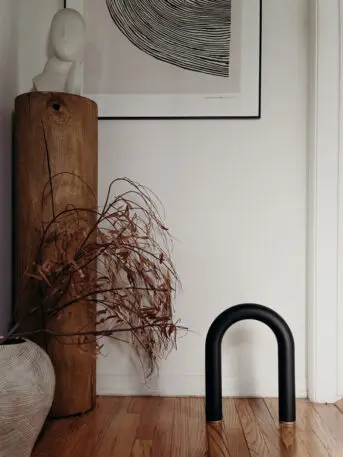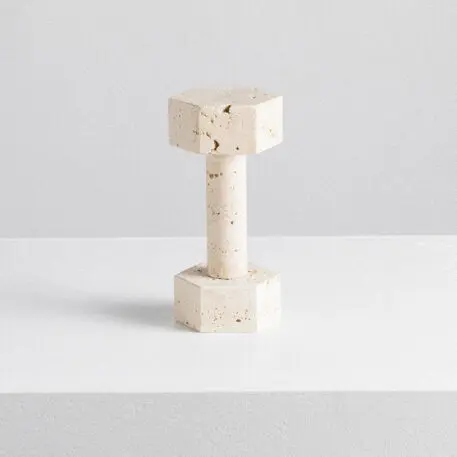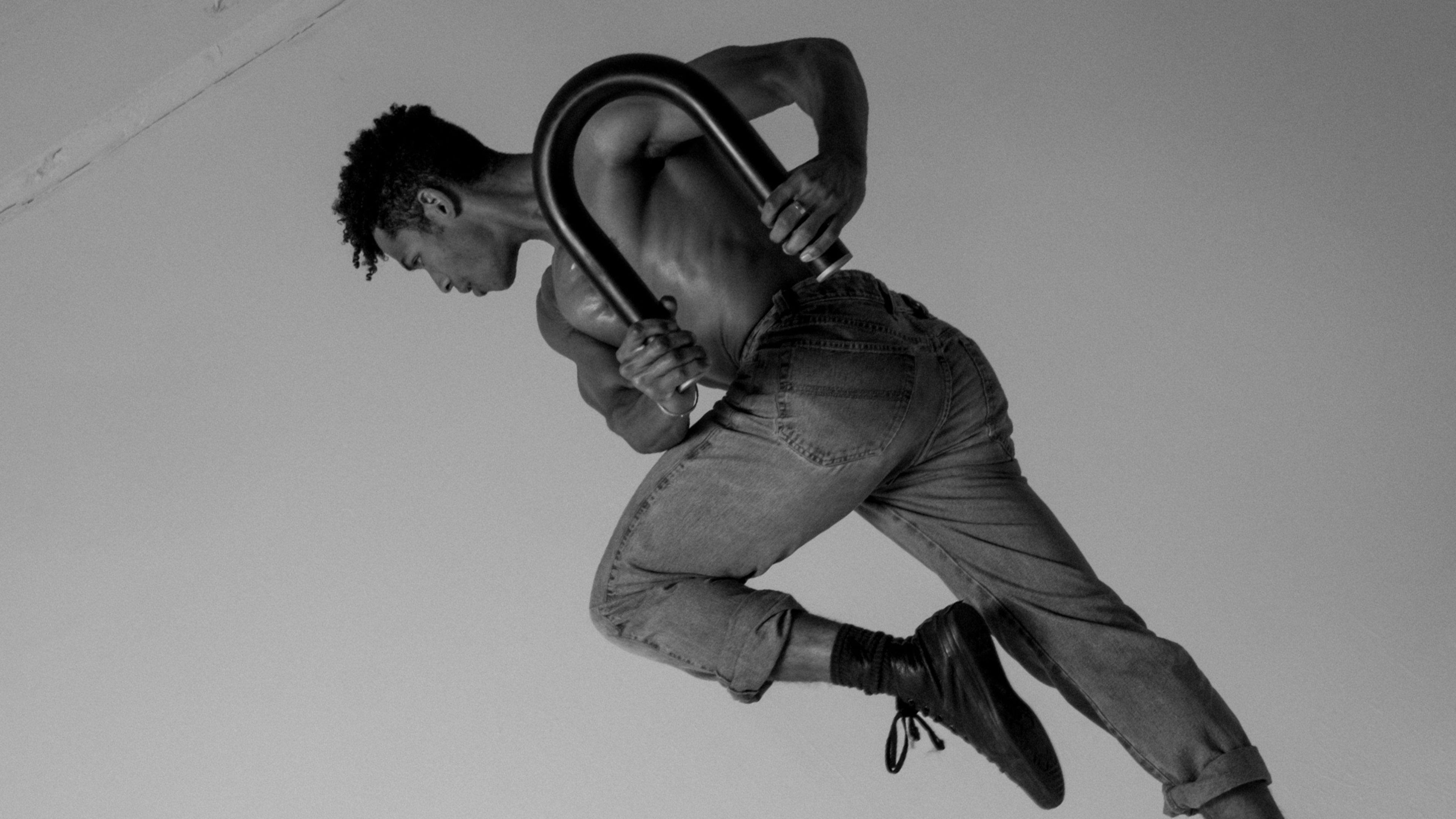Who needs art when you can get a dumbbell that doubles as a sculpture?
At this point, COVID-19 has reshaped almost every aspect of our lives, from the way we work, to the way we travel, to the way we dress. And with the delta variant making another winter of at-home workouts increasingly likely, fitness brands are designing gorgeous pieces of workout equipment to appeal to our sense of style. Bulky dumbbells and clunky fitness accessories are being replaced by an array of gear fit for Instagram.
There’s the pastel-colored kettlebell that could pass for a ceramic sculpture. The “marble” dumbbell that’s actually made of travertine but looks like a miniature column from an ancient Greek temple. And the gym roller, courtesy of athletic apparel giant Lululemon, that can be propped up vertically and stand like a contemporary totem on your TV stand.

Equipt’s star product is the Ubarre, an elegant, U-shaped tool that can double as a dumbbell, yoga block, Pilates ring—and sculpture. Available in four weights and six colors—from “alpine” white to “burnt brass” to “midnight” black—the patented tool was made to be seen. “It’s for my own message,” Berg says. “No one needs to know it’s a weight.”

Berg says business has grown sixfold since the start of the pandemic. Equipt has traditionally sold directly to consumers, but it’s now also making deals with businesses in 14 countries, from hotels, gyms, and Pilates studios to ultra-luxury condominiums like Miami’s One Thousand Museum, and even wholesalers like Ireland’s Brown Thomas department stores.

Yet all of this is perhaps more palatable than the price—and size—of heftier machines like a Peloton bike (which hovers around the $2,000 mark) or a Mirror, the wall-mounted machine that doubles as a minimalist mirror and will set you back about $1,500. The sticker shock is real, but if Mirror’s success is any indication (it was bought by Lululemon for $500 million in June), the price point hasn’t stopped eager fitness aficionados from shelling out.

If every little thing in our home has to look good for IG, why shouldn’t our fitness equipment look great too? For Berg, aesthetics were embedded into the product from the beginning. When she thought up the concept, she says the shape came first. For the overall vibe, she drew inspiration from a source with zero connection to the fitness industry. She brought a bag of makeup and a gold-accented tube of lipstick when she approached her first manufacturer. “Meet Tom Ford,” she said to him. And the rest was history.
Recognize your brand’s excellence by applying to this year’s Brands That Matter Awards before the early-rate deadline, May 3.
